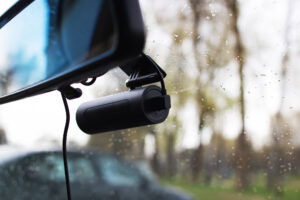
5 Mistakes to Avoid When Using a Dash Cam
In an era where technology plays a pivotal role in enhancing safety on the roads, dash cams have become an
Welcome to our blog here you can find product guides, reviews and helpful tips & tricks

In an era where technology plays a pivotal role in enhancing safety on the roads, dash cams have become an

If you already own a dash cam, you’re likely familiar with its fantastic features that enhance driver safety. However, what
G1W Dashcam Review The G1W has been a best seller of ours for a long time now, so we’ve been
New Release: The Nextbase 122 Dash Cam As part of the brand new series of Nextbase dash cameras, the Nextbase
iPixi/Winycam V200HD Review If you’ve read our review of the BlackVue DR550GW, you’ll know that we’re big fans of 2-channel
iPixi X100FHD The iPixi X100FHD (also called the Winycam X100FHD) is a unique camera with many features which make
Mobius ActionCam (Dash Cam Version) Review The Mobius ActionCam is an all round action camera which comes with the
Updating your Mini 0801 Firmware (Tutorial) The Mini 0801 is one of our most popular car cameras, and it’s
Our guide to parking protection with real life footage Parking protection is a popular feature on many dash cams but
BlackVue DR550GW-HD Car Camera Review BlackVue DR550GW-HD Car Camera Review Posted by Car Camera Shop on Tuesday, 14 January 2014